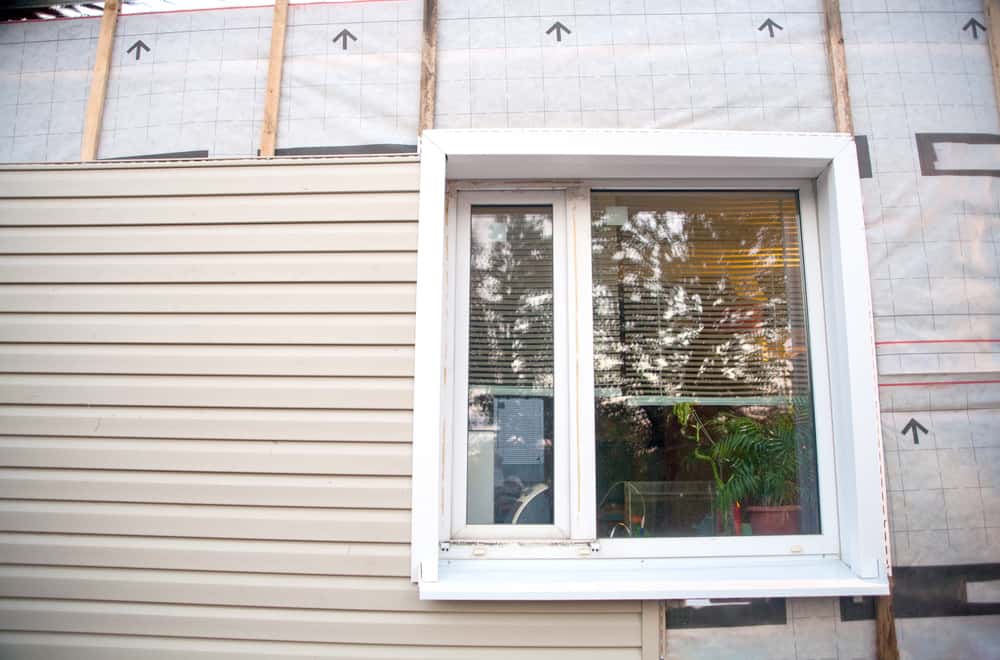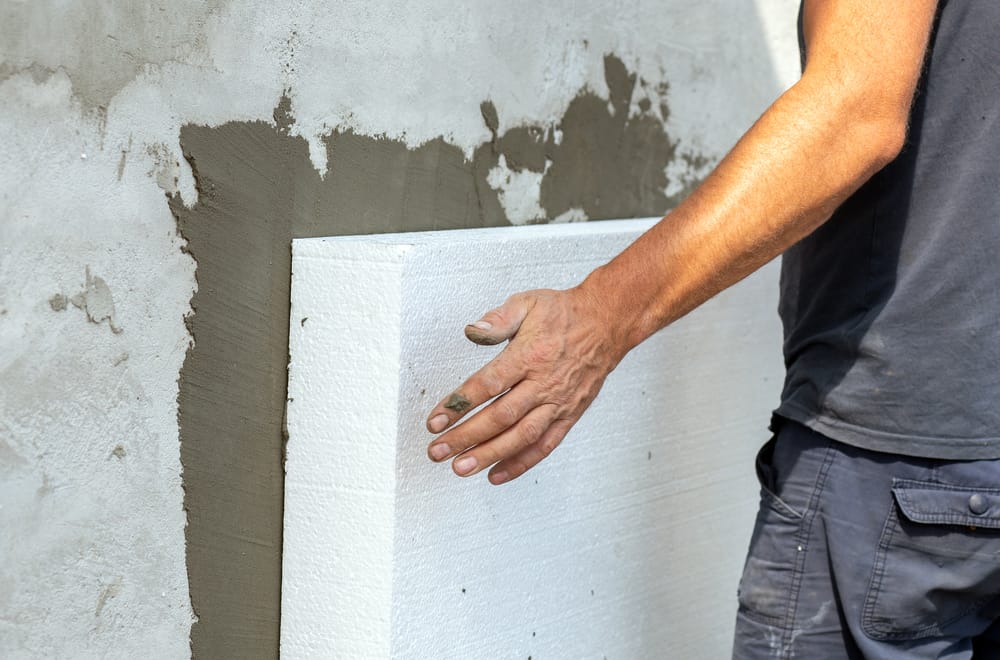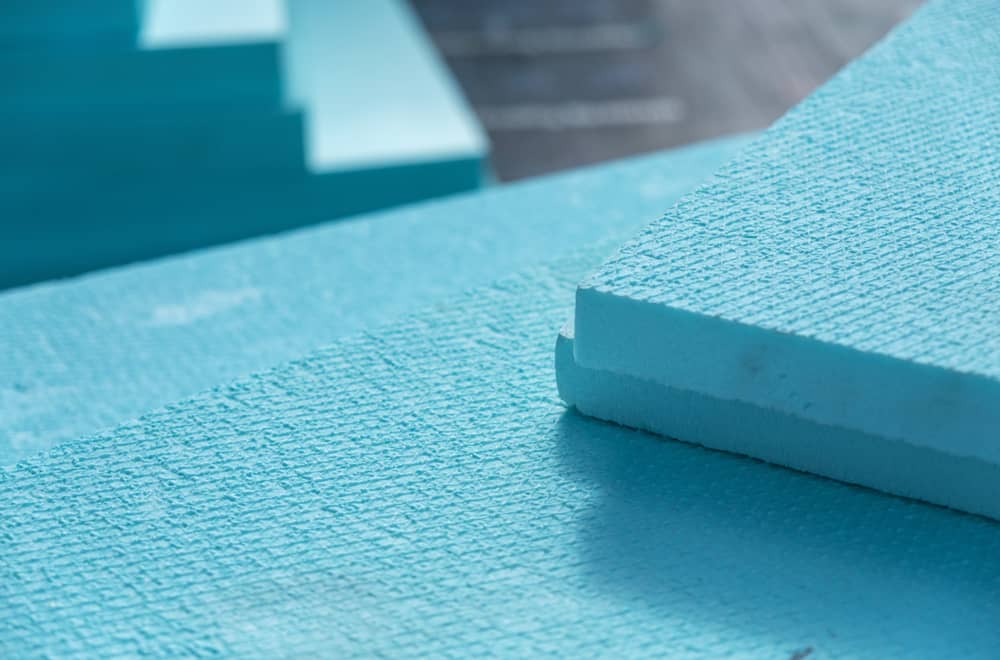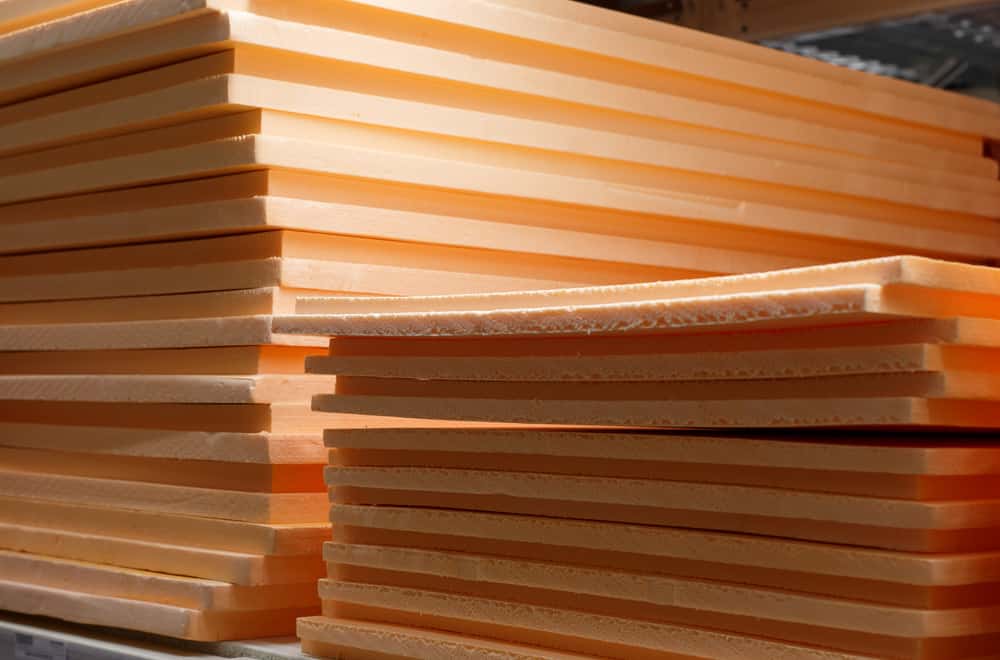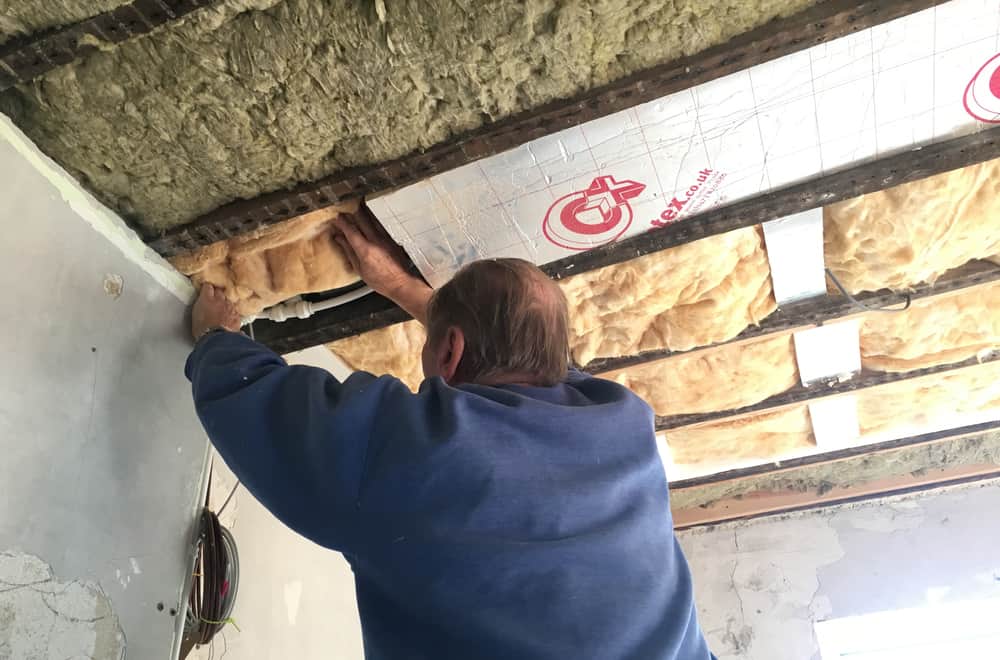Have you been told that you need foam board under your vinyl siding?
First, let me remove any suspicions you may have by informing you that installing foam board under the vinyl siding is quite a wise investment choice that you should consider.
However, whatever insulation variant you select for your home, you must know that you will experience heat loss, thus leading to wasted energy and higher bills if the insulation is not continuous throughout the building.
This article aims to investigate the benefits of installing foam boards to increase your home’s energy effectiveness.
Let’s begin with a short science lesson.
Table of Contents
Science 101
Would you know what I am talking about if I ask you, ‘What are the three modes of heat transfer?’
- Conduction is heat traveling through a solid material. This heat accesses your home primarily through the roof, windows, and doors during the warmer months. For an everyday example, think of the hot coffee cup that warms your hand in the morning.
- Radiation works by a straight-line heat transfer to any solid in its path. The most obvious example to us is sunlight’s infrared rays that warm’s our beloved earth. Likewise, heat radiates into your home from an open-hearth fireplace.
- Convection is how heat travels primarily through liquids and gases. Please think of how your space heater operates; it works by heating the cold air low to the ground then releasing the warmer, lighter air to rise.
When this warmer air rises, it forces the cooled-down air to recirculate through this system.
Thus, convection is simply another means for the heat from your walls and ceiling to reach you in your home.
How Does Insulation Work?
Regardless of its trajectory, heat will always flow from a warmer to a cooler temperature. So, as you can see, your home may experience heat loss through windows, doors, roofs, floors, and any gaps therein.
Without proper insulation, you will notice higher energy costs because you overuse your home’s heating and air conditioning systems to maintain comfort season round.
As we have already learned, heat flows by one of three mechanisms: conduction, convection, and radiation. So, manufacturers continually aim to improve the design of insulation materials to slow down heat flow.
Continuous Insulation
What is the big deal? The big deal revolves around thermal bridging, a term that has affected legislation passed by the U.S. Department of Energy (DOE).
Regarding your home (or any building for that matter), a thermal bridge refers to vulnerabilities in your home’s insulation, allowing for the escape of heat. Simultaneously, it accounts for the cold air that enters during the winter.
With traditional fiberglass batt insulation, such discontinuities may exist around junctions, fasteners, seams, and openings. On the other hand, a well-fitted layer of continuous insulation around the entire exterior of your home under your vinyl siding will suspend thermal bridging.
How is Insulation Measured?
According to USA Insulation, an R-Value “is the rating system used to grade insulation products or a material’s insulating properties.” In other words, manufacturers of insulation materials measure its effectiveness in terms of its resistance to heat flow.
The higher the R-Value, the more resistant the material is to conductive heat flow. The effectiveness of said insulation depends on the type of insulation used along with its thickness and density.
Other factors that will affect the R-Value of your home include how and where you install the insulation, the age and condition of your home, your home’s air and moisture accumulation, particular climate, and current heating and cooling system.
So, What is foam board?
Foam board is “an innovative building and construction material that can significantly reduce a building’s energy use and help control indoor temperature.”
Foam board is an insulation material that you install on the exterior walls of your home. Foam board is rigid in construction, thereby providing a continuous insulation layer.
When properly installed, this type of ‘outsulation’ will keep your energy costs down and help you stay comfortable inside no matter the season. In other words, foam board insulation provides increased resistance to heat flow. As a result, it helps prevent warm air from escaping your home.
Types of foam board
There are various types of rigid board insulation; however, the primary three include expanded polystyrene (EPS), extruded polystyrene (XPS), and polyisocyanurate (polyiso).
Expanded Polystyrene (EPS)
This foam board has an R-rating of between 3.6 and 4.2. Having a lower resistance also makes this the least expensive option. Although it has a lower R-Value, it is a preferred option in above grade and below grade installations alike.
EPS does not fall victim to thermal drift and is the only version of foam board guaranteed by manufacturers to maintain its R-Value rating throughout its lifespan.
Extruded Polystyrene (XPS)
Although usually more expensive, this foam board is denser than traditional EPS. With an average R-Value of 5, it also has demonstrated sufficient moisture resistance in the field.
However, XPS tends to lose its performance over time, especially in below-grade installations. Although this option does not maintain R-Value over its lifetime, it is recyclable (although expensive and complicated).
Polyisocyanurate (polyiso)
This eco-friendly version of foam board is the most expensive yet is susceptible to moisture absorption, rendering this option unsuitable for below-grade installation such as a basement. Be that as it may, polysio averages an R-Value of 6.5.
If you choose to use this application, be warned that its performance begins to deteriorate at about 15 degrees Celcius (59 degrees Fahrenheit). So although polyiso has a higher R-Value rating, it may not be the best choice for areas with harsher winter climates.
Benefits of Foam Board
- Provides an air and moisture barrier.
- Relatively easy to cut and install.
- Variety of sizes and thicknesses.
- Relatively high R-Value of insulation per inch.
- Effective solution to thermal bridging.
- Lower energy bills over the long term.
Disadvantages of Foam Board
- More expensive than traditional batt insulation.
- Potential for material waste during installation.
- You must follow strict seam-sealing guidelines to meet building code.
- UV rays damage it (especially important for storage and installation).
- Low structural performance. Must be used in addition to another sheathing.
- Some types will off-gas over time.
- Fire hazard if not covered by a suitable barrier.
* * *
You are free to choose whatever insulation material you want to use on your home, provided that it meets code. Still, I should tell you that constructing a building with continuous insulation has been receiving notable legislative action.
Where Do You Install Foam Board?
By this point, you may be seriously thinking about adding foam board to your building or renovation project. If you do, you will enhance your home’s energy efficiency while also providing an extra barrier against air and moisture penetration.
The versatility of foam board makes it available to install in both below and above-grade locations, including everything from basements, crawl spaces, slabs, and foundations to walls, attic spaces, ceilings, and roofs.
In addition, rigid foam boards can also add some structural support to existing wall sheathing. But, again, I will repeat that foam board by itself is not structurally sufficient.
Suppose you do install foam board as a means to forego other sheathing materials. In that case, ECHOTape recommends that you add diagonal bracing or inset shear panels to compensate for the structural difference.
Finally, and particularly in your case of installing foam board to exterior walls, this rigid insulation will lend support as a backing to the naturally lightweight and flimsy characteristics of vinyl siding.
Installation Tips
Typically, you should install foam board over the house wrap. In addition, you must pay careful attention to details such as around trim, openings such as windows and doors, and other protrusions from your home such as a meter box.
Using a large surface washer with your siding nails would be best to hold the foam board firmly in place. If you use nails without these washers, then you risk the chance of the foam layer ripping off.
Many contractors also recommend using high-performance sheathing tape to seal all joints and seams. Airtightness is a critical element to consider throughout your insulation installation.
Next, you should ensure that the fasteners you choose are of adequate length to penetrate through to a solid backing surface when installing your vinyl siding.
The Vinyl Siding Institute recommends a minimum of 3/4-inch nail penetration into a framing stud, but you should refer to the International Residential Code for required nail penetration for vinyl siding.
To maximize the R-Value of your home, attention to detail during the installation of foam board under the vinyl siding is critical.
Take Away
You can use foam board either as an alternative to or in conjunction with traditional fiberglass batt insulation. Each type of insulation has its own set of strengths and weaknesses, but you can raise the insulation effectiveness, the R-value, of your home if used in tandem.
According to BuildingWithChemistry, foam board insulation can “make [your] home up to 70 percent more energy efficient.”
If you are excited to save money on your energy bills moving forward by increasing your home energy effectiveness, then installing foam board insulation under your vinyl siding may be a wise investment choice for your building or remodeling needs.
Please remember to comment below with any questions or concerns you may have regarding foam board installation under vinyl siding.
